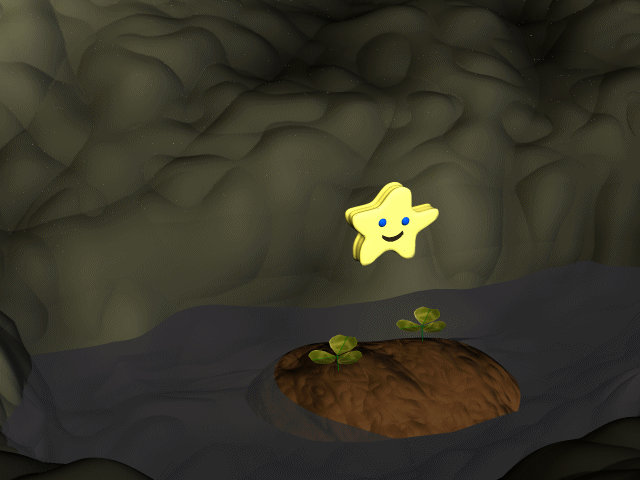Friday, March 26, 2021
Darwin and Pertz and Quages
Francis Darwin and Dorothea Pertz did a followup paper in 1903, reproducing the original results and musing on the meaning of the results.
 Did they build floating islands, which then docked on the rocky shore to start spreading soil?
Later thought after watching the animation: Anticipatory plants, working together, could actually stabilize a floating island. Humans use this trick in wave-damping ships and quake-damping skyscrapers.
Did they build floating islands, which then docked on the rocky shore to start spreading soil?
Later thought after watching the animation: Anticipatory plants, working together, could actually stabilize a floating island. Humans use this trick in wave-damping ships and quake-damping skyscrapers.
It is often said that periodic phenomena are due to aftereffect. But this, though true in a certain sense, is too vague a statement to be called an explanation. It is known that geotropic and heliotropic curvatures continue long after the stimulus has ceased to act. So that it might at first appear as if the curvatures in one direction were the aftereffect of a given half hour's stimulus, and the opposite curvatures were the effect of the next ensuing half hour. But we are unable to construct a scheme of this sort which fits the facts. The aftereffect in a curving shoot which has been stimulated for half an hour lasts a long time, and we cannot see how the series of opposite curvatures, each lasting half an hour, could be caused by the combination of such aftereffects. Aftereffect in the ordinary sense is the result of the last stimulus received, and we know of nothing to make us believe that the latent aftereffect of an antecedent and opposite stimulus can be held to account for the sharp reversal of curvature which we find to occur.Humans have feature detectors, which also generate aftereffects, for simple stimuli AND for repetitions and curves and vibrations. In other words we have first derivative detectors (because all senses are deltas) and second derivative detectors for sinusoid patterns. These vibration aftereffects are instantly familiar to people who were born after 1910, because we have experience with vibrating machines and fast-moving visual inputs. Right now I'm running laundry. I went into the laundry room a moment ago to turn off the crappy front-load washer before it ran wild. (The crappy machine doesn't have its own off-balance stop switch.) I always hold onto the knob, feeling and listening to the spin, then turn off the knob FAST when it starts to get overly noisy. Now my arm is still sensing a vibration aftereffect. If I had leaned my body against the washer, the whole body would be vibrating. We also experience fast-moving scenery in a car, and see scenery moving the other way when we close our eyes. Similarly with a fast scroll on the computer screen, or a vibrating image on the screen. All of these aftereffects serve as one side of a null-detector balance, to detect when the incoming pattern stops doing what it has been doing. In other words, the balance is one more layer of derivative. At all levels in all senses, we need to know what's new and what's old. Francis understood the balance perfectly and beautifully: What we do at a particular juncture depends on the nature of our previous experiences and actions. The “self” which seems to be spontaneous is the balance which weighs conflicting influences. But he didn't have experience with the higher derivatives. These higher derivative aftereffects were much less familiar in 1903. Nothing in a house vibrated. Trains would have provided the scenery effect, but riding in a train wasn't nearly as common as riding in cars now. From the viewpoint of modern human experience, the conclusion is obvious. Plants also have higher derivative feature detectors. The detector for changing sunlight makes sense. The earth doesn't rotate every 15 minutes, but the available sunlight in a forest does change on a similar time scale. As the sun passes over a series of trees, the plant would learn to bend back and forth to grab the maximum light. Pattern memory would allow the plant to anticipate the next increase, and bend into the light before it arrives. When the sun gets near the horizon the pattern would stop, and the off-null balance between input and aftereffect would tell the plant to prepare for darkness. Gravity sensing can't be explained that way. Land doesn't rock back and forth routinely, so there's no reason to learn or adapt. BUT: a plant floating on water does rock back and forth periodically. Did land plants start out on floating islands before they settled on stable land?
 Did they build floating islands, which then docked on the rocky shore to start spreading soil?
Later thought after watching the animation: Anticipatory plants, working together, could actually stabilize a floating island. Humans use this trick in wave-damping ships and quake-damping skyscrapers.
Did they build floating islands, which then docked on the rocky shore to start spreading soil?
Later thought after watching the animation: Anticipatory plants, working together, could actually stabilize a floating island. Humans use this trick in wave-damping ships and quake-damping skyscrapers.Labels: Equipoise, meta-equipoise, Smarty-plants
